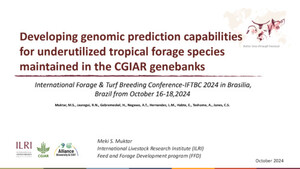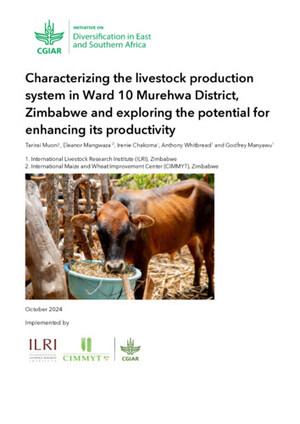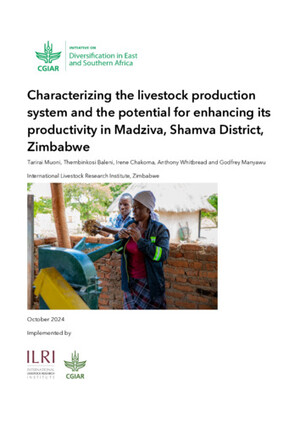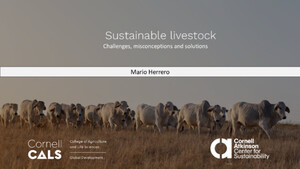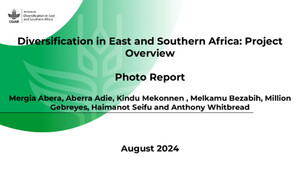
Genetic diversity and population structure of sorghum (Sorghum bicolor (L.) Moench) landraces using DArTseq-Derived Single-Nucleotide Polymorphism (SNP) markers
Abstract
Genetic integrity of an accession should be preserved in the conservation of germplasm. Characterization of diverse germplasm based on a molecular basis enhances its conservation and use in breeding programs. The aim of this study was to assess the genetic diversity of 169 sorghum accessions using a total of 6977 SNP markers. The polymorphic information content of the markers was 0.31 which is considered to be moderately high. Structure analysis using ADMIXTURE program revealed a total of 10 subpopulations. Neighbor-joining tree revealed the presence of six main clusters among these subpopulations whereas in principal component analysis, seven clusters were identified. Cluster analysis grouped most populations depending on source of collection although other accessions originating from the same source were grouped under different clusters. Analysis of molecular variance (AMOVA) revealed 30% and 70% of the variation occurred within and among accessions, respectively. Gene flow within the populations was, however, limited indicating high differentiation within the subpopulation. Observed heterozygosity among accessions varied from 0.03 to 0.06 with a mean of 0.05 since sorghum is a self-pollinating crop. High genetic diversity among the subpopulations can be further explored for superior genes to develop new sorghum varieties.
Citation
Mudaki, P., Wamalwa, L.N., Muui, C.W., Nzuve, F., Muasya, R.M., Nguluu, S. and Kimani, W. 2023. Genetic diversity and population structure of sorghum (Sorghum bicolor (L.) Moench) landraces using DArTseq-Derived Single-Nucleotide Polymorphism (SNP) markers. Journal of Molecular Evolution






